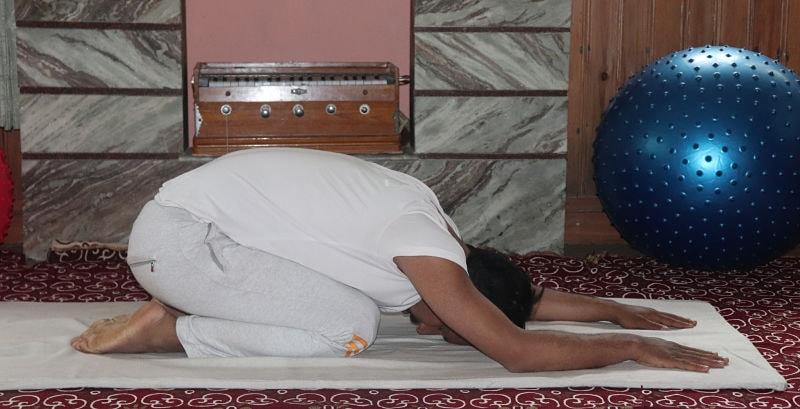In this article we see some method for Chronic Pain Reduction to Many people over the age of 50 see recurring pain as a natural and unavoidable aspect of the aging process; however, there is evidence to suggest that chronic pain is neither natural nor inevitable. Chronic pain can be defined as daily pain that occurs for 6 months or more. Often, this pain is the result of reduced flexibility, mobility, and strength. That being said, there are numerous steps people over 50 can take to combat the roots of their pain.
Yoga has proven to be particularly effective in pain relief, and is currently practiced by seniors all over the world to combat recurring aches, pains, and stiffness. Keep reading to learn how yoga may be able to help you, as well as how to get started in your practice.
Physical Healing in Chronic Pain Reduction
As we age, the tissue around our joints thickens and our muscle mass decreases. As a result, people often find they become less flexible, strong, and active. Yoga gently encourages the elongation of muscles and enhanced joint mobility and heal Chronic Pain Reduction. Increased muscle elasticity reduces stiffness and increases overall range of motion. As tightness is reduced, muscle and joint pain are often reduced as well.
Physical pain is often connected to reduced strength and mobility, which can increase the risk of falling. After a fall, people often find that pain becomes much worse. Stretching improves strength and balance, which in turn makes people less susceptible to falling. Lastly, yoga and stretching improves circulation and facilitates blood flow to the muscles, which can reduce muscular pain. If you want to combat the physical ailments causing pain, stretching during yoga may be your answer.
Mental Healing for Chronic Pain Reduction
While yoga is a great method to improve physical strength and flexibility, the benefits of yoga transcend physical conditioning. While pain is often considered to be a manifestation of a physical ailment, medical professionals are increasingly drawing a link between physical pain and mental well-being. Stress, personal loss, depression, and loneliness can contribute to the frequency and severity of pain.
Additionally, chronic pain can occur when there is no actual physical damage – the body simply sends misleading signals to the brain, and people experience physical discomfort despite not having a physical ailment. Yoga is what’s called a “mind-body” technique that can change the way our brain and physical body connect with one another. Yoga and the stretching it involves promotes relaxation, improves positive thinking, and encourages people to be mindful about why they are feeling a certain way. Yoga helps build pain management skills and can actually alter how people experience pain.
Getting Started
Now you know that how yoga can facilitate physical and mental healing for Chronic Pain Reduction, it’s time to look at a few options for getting started. First, make sure you consult your doctor about whether yoga is right for you. If you intend to do yoga from the comfort of your own home, spend a bit of time setting up your space. Find a quiet, comfortable area in your home to dedicate to your yoga routine. Having a pre-established set-up can encourage you to do yoga more frequently. Next, make the space your own.
For example, If you prefer dim lighting, consider thicker curtains and a light dimmer. You may also consider purchasing a few staple items, such as a yoga mat, stool, and foam roller. If you are unsure about what poses to do, there are countless online articles and videos to get you started. In addition to at-home yoga, you may want to join a weekly class. These can be a great way to meet new people as well as learn new skills from a registered yoga professional. No matter how you choose to get started, make sure you are designing a yoga routine you can stick to.
Getting older doesn’t have to mean a life of increased pain. If you want to get started on reducing the frequency and severity of chronic pain, talk to your doctor about starting your yoga practice. After just a few weeks, you will likely see changes in your flexibility, mobility, and mental well-being.
Author
Harry Cline is creator of NewCaregiver.org and author of the upcoming book, The A-Z Home Care Handbook: Health Management How-Tos for Senior Caregivers. As a retired nursing home administrator, father of three, and caregiver to his ninety-year-old uncle, Harry knows how challenging and rewarding caregiving can be. He also understands that caregiving is often overwhelming for those just starting out. He created his website and is writing his new book to offer new caregivers everywhere help and support.
